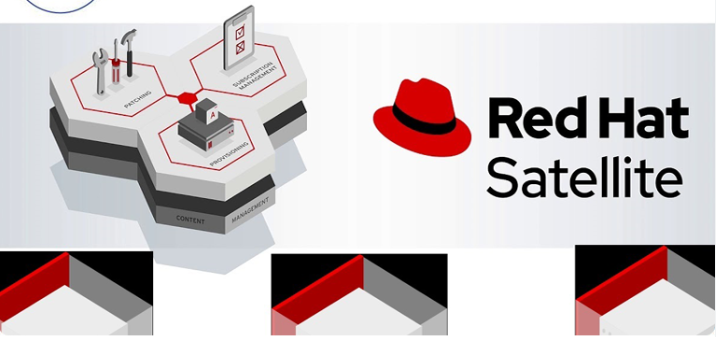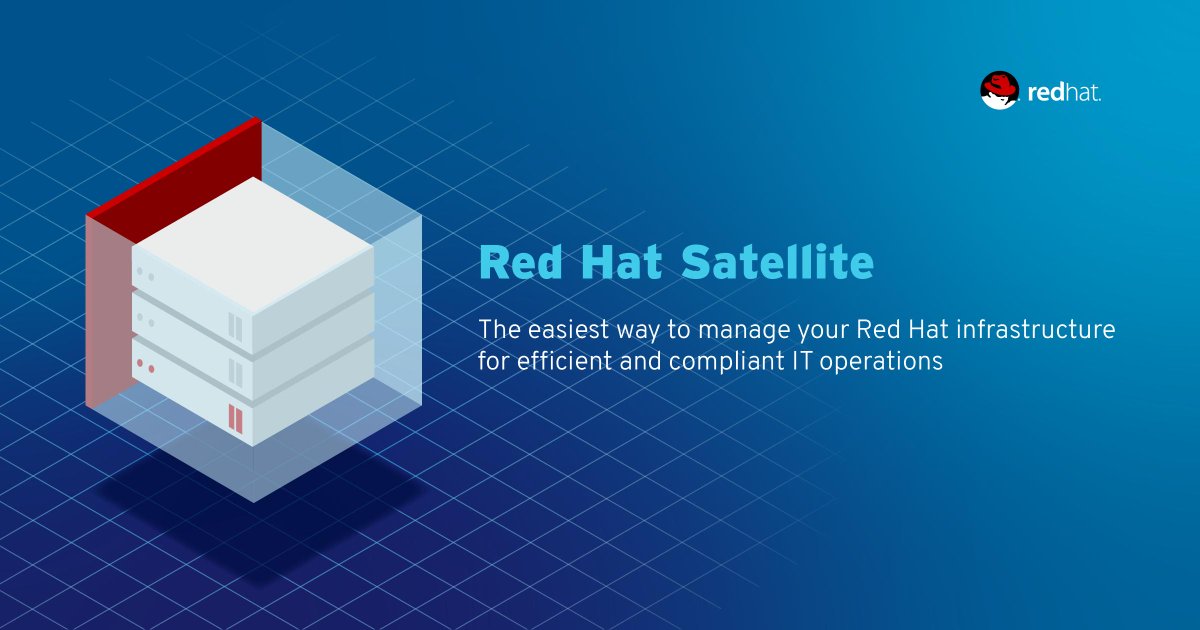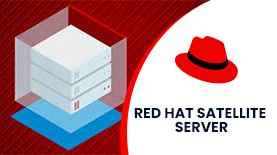Is it difficult to effectively manage several Linux systems in the fast-paced IT environment RedHat Enterprise Linux (RHEL) installations can be deployed, configured, and maintained at scale with the aid of RedHat Satellite, server a potent system management tool. Whether you are in the position to manage hybrid cloud infrastructures or on-premises servers, Red Hat Satellite guarantees smooth automation, patching, and compliance.
The advantages of Red Hat Satellite are examined in this article, along with recommended procedures for configuring and maintaining it.

What is Red Hat Satellite server?
Red Hat Satellite is a system management solution that helps IT teams easily manage large-scale RHEL deployments. It provides skills like:
- Patch Management for Security Updates
- Provisioning new systems.
- Configuration Management with Ansible Integration
- Subscription Management for tracking and allocating Red Hat licenses.
- Businesses can use Red Hat Satellite Server Setup to optimise IT operations and reduce administrative expenses.
Key Benefits of Using Red Hat Satellite Server
Automated Patch Management
Updating servers is crucial for security and performance. Red Hat Satellite server automates patching, ensuring that all managed systems receive security updates and software patches without requiring manual involvement.
Configuration and Compliance.
Red Hat Satellite interacts with Ansible to enforce system-wide configurations and ensure compliance with corporate security requirements. This enables organisations to meet regulatory requirements such as ISO, NIST, and CIS benchmarks.
Centralised System Administration
Red Hat Satellite Server Setup provides a single point of management for thousands of RHEL servers across several environments, including on-premises, cloud, and hybrid configurations.
Security and Compliance Enforcement
Red Hat Satellite’s built-in SCAP (Security Content Automation Protocol) screening detects vulnerabilities and misconfigurations, ensuring that all systems remain secure.
Cost Savings and Efficiency
Red Hat Satellite reduces operating expenses for enterprises by automating routine operations, decreasing downtime, and ensuring optimal resource allocation.

Red Hat Satellite Architecture Overview
Red Hat Satellite consists of several major components:
- Satellite Server: The primary management hub.
- Capsule Server: distributes load and manages remote locations.
- Content Management: Manages repositories, updates, and fixes.
- Host registration: enables new systems to connect and get updates.
Understanding these components contributes to better deployment and scaling planning.
Prerequisites for Red Hat Satellite setup
Before installing Red Hat Satellite, check the following:
- Red Hat subscriptions and repositories are available.
- Minimum hardware requirements:
- CPU: Four cores.
- RAM: 16 GB+
- Storage: 50 GB+ of free space
Network Configuration: The firewall, DNS, and IP settings must be

Step-by-Step Guide to Red Hat Satellite Installation
Step 1: Install Required Packages
subscription-manager register –auto-attach
yum install satellite
Step 2: Configure Satellite
satellite-installer –scenario satellite –foreman-admin-password=YourPassword
Step 3: Access Satellite Web Interface
Open https://your-satellite-server in a web browser and log in with admin credentials.
Configuring Red Hat Satellite for Optimal Performance
- Allow Content Views to control software updates.
- Configure Capsule Servers to improve scalability.
- Automate provisioning with Kickstart and PXE boot.
- Configure Monitoring to track system health and resource utilisation.
Best Practices in Red Hat Satellite Management
- Frequently sync repositories to ensure packages are up to date.
- Streamline patch management using scheduling.
- Check system health using built-in reports.
- Use Role-Based Access Control (RBAC) to prevent unauthorised access.
- Backup configuration and data regularly to avoid data loss.
Common Challenges and Troubleshooting Tips
Satellite server is slow: Increase RAM and optimise database configurations.
Patch deployment fails: Check network connectivity and repository synchronisation status.
Host registration difficulties: Check the correct subscription allocation and DNS settings.
Conclusion
Red Hat Satellite Server Setup is an essential application for organisations running Red Hat Enterprise Linux (RHEL), offering powerful automation, security, and compliance features. Businesses can improve performance and reduce manual work by implementing the best practices listed above.
FAQs
- Is Red Hat Satellite available for free?
No, Red Hat Satellite requires a valid Red Hat subscription to function.
- Does Red Hat Satellite support non-RHEL servers?
No, it is intended primarily for Red Hat-based systems.
- What’s the difference between Red Hat Satellite and Ansible?
Satellite is for system administration, whereas Ansible is for configuration automation.
- How often should I update Red Hat Satellite?
To ensure security compliance, check at least once a quarter.
- Can Red Hat Satellite work with cloud platforms?
Yes, it supports AWS, Azure, and GCP environments.

